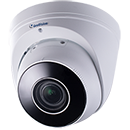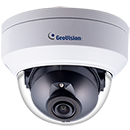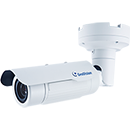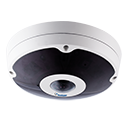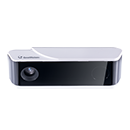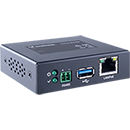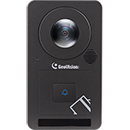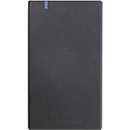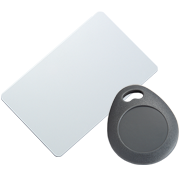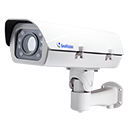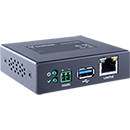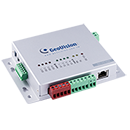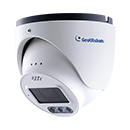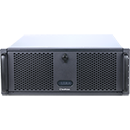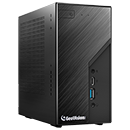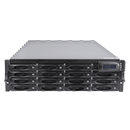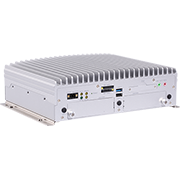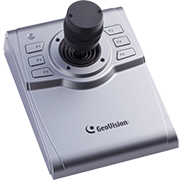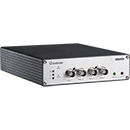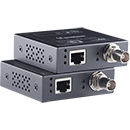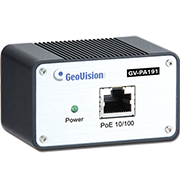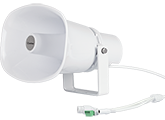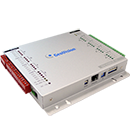
From dome, to bullet, to panoramic cameras, there are more surveillance camera options on the market today than ever before. With expanding camera functionalities, how does a security director decide which camera is right for their facility?
- Ask yourself: Why are we putting a camera here?
An important part of choosing a camera is determining the desired coverage area, and the goal of surveillance. Panoramic and multi-sensor cameras allow for expansive coverage, but probably would not be necessary for a small office building. At the same time, they offer the capability of digitally zooming in on a scene, something that is useful for reviewing video after the fact. Setting a clear goal will help establish what requirements you want, versus what requirements you really need.
- What technical requirements are needed to meet surveillance goals?
The placement of the camera could require special functionality, such as low light capabilities, weather proof capabilities, or vandal proof capabilities, to name a few. If a vast space requires coverage, there should be an understanding of the differences between PTZ, panoramic, and multi-sensor cameras. PTZ cameras have a mechanical feature that allows them to zoom in on things far away without relying on digital zoom, but may require multiple cameras. In contrast, high level megapixel multi-sensor cameras allow for large amounts of coverage and the ability to digitally zoom, either during the live recording or after the fact, with a single camera. Different capabilities cater to very different needs.
- Does the existing network infrastructure support the camera?
Once the technical requirements are figured out and a potential camera choice is identified, the network infrastructure itself must be analyzed. The existing infrastructure may simply be unable to support large amounts of data that could come from multiple, high definition surveillance cameras. If so, a switch to a fiber-based system could be an option, if it is not cost prohibitive to pull new wire.
- How is this camera going to impact my recording capabilities?
Higher megapixel cameras require increased storage capacities. Customers like the idea of 4k cameras, but their existing recorder may not have the storage capabilities to support the camera and meet required standards for keeping multiple days of recorded video on hand. If a customer has a standard for days of recorded video, and already has trouble achieving it with lower resolution cameras, adding a higher resolution camera may not be the most cost effective or efficient solution.
- Are aesthetics important?
After a camera is chosen based on needs and technical requirements, some decision makers unrelated to the security department could show resistance. For example, a PTZ camera in a business lobby might be too “gaudy” for the image the business is hoping to convey. A smaller, more discreet multi-sensor camera could be an alternative option. It is necessary to take into account alternative mounting options like recessed mounts, or camera painting options to better fit the structure of the building. If all of these are impossible, a different camera may need to be selected. From technicalities to aesthetics, there is a lot to take into account when selecting a camera. Establishing a goal early on will ensure there is a common vision being worked upon to find the best solution to fit your wants and needs.
Source: Security-Net
